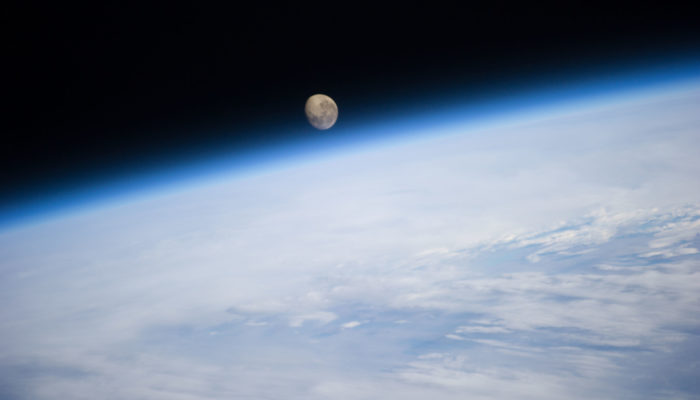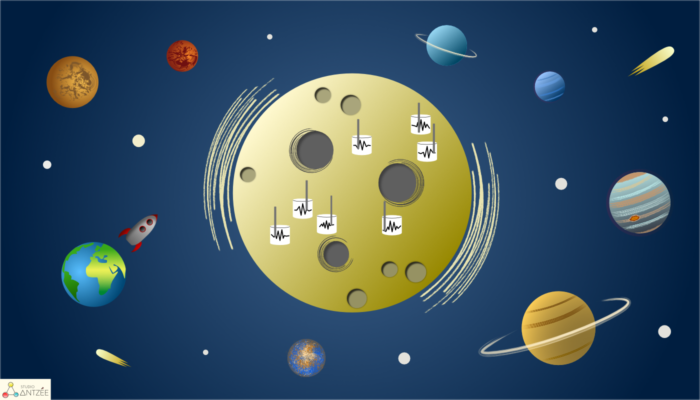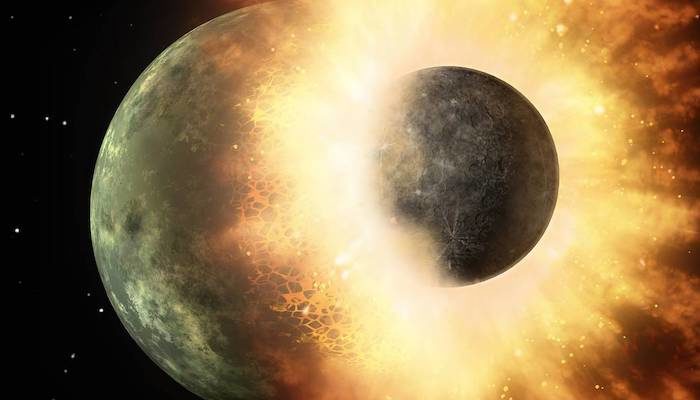The Moon is our nearest neighbour but despite its proximity to Earth its two faces are still veiled in mystery! This week PhD student Alice Turner from the University of Oxford explores deep lunar seismicity and what this can (or cannot!) tell us about the Moon’s interior and its near- & far-sides! Outlining the Earth and its Moon with seismicity Mapping out the locations of earthquak ...[Read More]
What happens when two worlds collide?
Why does the Moon have a very small core and Mercury one that makes up roughly 85% of the planet’s radius? Why are humans doing research in geoscience and not some evolved version of dinosaurs? In this week’s blog post, Harry Ballantyne, PhD student at the Department of Space and Planetary Sciences at the University of Bern, is talking about large-scale collisions and how they can answ ...[Read More]
The Moon – A small but significant tale about impacts, basins, volcanism, and time

This week on the GD Blog we are taking a magical geodynamicist’s mystery tour to our planet’s Moon thanks to Tobias Rolf, Researcher at the Centre for Earth Evolution and Dynamics (CEED) at the University of Oslo, Norway (currently a Visiting Researcher at the Institute of Geophysics at the University of Münster, Germany). Imagine you are orbiting the Earth at an altitude of a few hun ...[Read More]
The geodynamics of Enceladus: exotic and familiar

This week, Gael Choblet, CNRS research associate in the Laboratoire de Planétologie et Géodynamique (University of Nantes and Angers), tells us everything about the interior of Enceladus, an interesting icy moon of Saturn! This is my first contribution in these pages. The choice of Saturn’s small moon Enceladus as a topic mostly results from my acquaintance with this planetary body. Yet, the reade ...[Read More]


